The reason why full grown Fuji red apple tree is among the most well-liked in America is obvious. Because of its flowering time, its juicy, delicious red apples are suitable for eating straight off the tree. Additionally, they taste great in baked goods like apple pie, which is our all-time favorite! This variety yields are large to medium-sized, firm, crisp apples with lovely green and red skins. The apple’s red color may differ depending on where you plant it. This tree’s fruit has a pleasant, high-quality milky white pulp.
Yellowish-green leaves from deciduous apple trees drop to the ground in late fall or early winter. The leaves are removed from the tree in the early spring after the apples have bloomed. The fruits and leaves overgrow as late spring and early summer approach.
Because of their high heat tolerance, Fuji apple trees are the perfect apple variety for growing in hot, southern climates. Mid-September is when Fuji trees begin to ripen; later in the growing season, Fuji apple fruit can be harvested. Late spring and early summer are apple blossom seasons. After three years of planting, this well-known apple tree produces fruit.
350–400 hours must pass between cooling and pollination for this kind of apple tree. Choose a pollinator partner within the same flowering group as your variety to ensure apple pollination. As a result, cross-pollination is highly compatible with all varieties of apple trees because they all bloom at the same time.
As a good pollinator for Fuji, we really need another kind of apple tree. Granny Smith, Red Delicious, and Golden Delicious apples are the best pollinators for Fuji apples. Crabapple trees that are in bloom can even be used to pollinate a variety of fruit.

Fuji apple tree pollinators
Some apple fruit trees are not pollinators and cannot pollinate their own blooms or the flowers of other apple species because they are self-incompatible. Let’s see can we discover how Fuji apple is? The University of North Carolina claims that cross-pollination between two different apple trees that bloom at the same time results in the finest apple quality. A popular Japanese apple known for its color, juiciness, and hardness is the Fuji apple. Late season apples known as Fuji are picked in late September and early October. The apples Roman, Braiburn, Gala, Granny Smith, Red Delicious, and Imperial are excellent pollinators of the Fuji variety.
One of the best pollinators for Fuji apples is the Roma apple. They are the newest apple trees to blossom, thus they coincide with the Fuji apple’s blooming season, claims the University of Missouri. Roma apples, commonly referred to as baker’s friends, are well renowned for their long shelf life. Roma apples are typically used in cooking and have a mildly sour flavor. Apples taste great grilled and fried as well. Early September is when rum apples are harvested.
Fuji vs. Red Delicious: According to the University of Missouri Extension, Red Delicious apples bloom a little bit sooner. As a result, Red Delicious is effective at pollinating Fuji apples. One of the most common apple kinds in the US is Red Delicious. Apples come in a variety of hues, from striped red to midnight crimson. While the red delicacy cultivated in the eastern portion of the country is rounder, the red delicacy grown in the western United States has a somewhat extended shape. Fresh or with a salad, Red Delicious tastes excellent. Apples are available all year long and are harvested in September.

Fuji apple tree not flowering
This is one of the most common problems that many farmers have faced or will face. Their apple tree is not flowering, if you are a Fuji apple tree grower, keep reading. Pollination issues One of the primary factors contributing to apple trees failing to blossom is a deficiency in the amount of pollination they receive. This is typically caused by the inactivity of insects, and it is something that should be taken seriously.
Pollinators like bees and other insects typically avoid pollinating flowers when there is a strong breeze present. In the same vein, you should not anticipate much in the way of pollination if the weather is chilly or wet. You should realize that insects stay and move more in shaded gardens than they do in uncovered gardens, especially if the weather is unfavorable for an extended period of time. The presence of greater insect life in the garden is directly correlated to the presence of some form of protection, such as a hedge. It is a clever move, and I think you should give it a shot.
You should be aware that the spring cold might kill off flowers as well. When there is a chance of frost, it is advisable to cover them. You can safeguard your apple trees with the assistance of netting or garden wool. It is important to remember to remove the garden wool throughout the day, as trees require a sufficient number of pollinating insects. It is not a good idea to keep quiet about it.
Additionally, you should eliminate hazardous pests from your trees by using natural pesticides, which you may find online. These are only some of the techniques that can be utilized to stimulate flowering in apple trees.

Fuji apple tree size
The Fuji apple tree product is the most widely consumed variety of fresh apple because it has a flavor that is a combination of sweet and sour, a texture that is crisp, firm, and juicy plus its good size. Excellent flavor, Beautiful red skin, modest size. It has a large mature crop at the end of the season. Additionally wonderful for apples, Cross-pollination with Gala, Golden Delicious, Jonathan, Lodi, and Red Delicious.
Standard early harvest apple trees typically reach a height of 20 to 25 feet and a width of around 25 feet when they are fully mature. Semi-dwarf species reach heights of 12-15 feet and spreads of 12-15 feet. Dwarf species often reach a maximum height of around 10 feet and a width of about 10 feet as they mature. Rate of Growth This tree grows at a rate that is considered to be moderate, reaching a height of between 13 and 24 inches per year as it matures.
Sun Preference: This tree does best in full sun, which means that it needs at least six hours of unobstructed, direct sunshine each day. The ideal soil for early harvest apples is one that is rich in moisture but also has good drainage. It is not drought hardy in any way. Apples have a high value for wildlife since many different species of birds and mammals eat them. The leaves and branches are consumed in this process. There is a possibility that rodents and rabbits may surround trees and live on their trunks or trunks. In the early to late spring, bees obtain the nutrition they need from nectar and/or pollen.

Fuji apple tree self-pollinating
What is the fact about Fuji apple self-pollinating? Read and discover in this part. When the”Fuji” apple, also known as Malus domestica “Fuji, ” originates from your own garden, the pleasant, sweet, and crunchy texture of the fruit is elevated to an even higher level of delectability. Apple trees produce beautiful blooms in the spring and then bear fruit from late summer through the fall. It is necessary to have a second apple tree nearby in order to cross-pollinate your ‘Fuji’ apple tree in order for it to become fertile and produce fruit. The USDA plant hardiness zones that are appropriate for ‘Fuji’ range from 4 to 9.
Fuji’s worst pollinators: Some apple cultivars, which are referred to as triploids, have pollen that contains three sets of chromosomes rather than just two. The presence of these three sets of chromosomes renders the pollen sterile, which means that it is unable to pollinate either the tree’s own blooms or those of other plants. These varieties include ‘Jonagold,’ which is a cultivar that is hardy to USDA zones 4 through 8, and ‘Red Gravenstein,’ which is a cultivar that is hardy to USDA zones 2 through 9, however it should not be cultivated as a cross-pollinator for ‘Fuji,’ which is a variety of apple. Keep in mind, too, that the two trees labeled “Fuji” do not pollinate one another.
Planting in Order to Encourage Pollination: Apple trees should not be planted more than 50 feet apart to ensure successful pollination. If you intend to cultivate more than one Fuji apple tree, you should position the pollinated variety in the space between the Fuji trees. Bees are the primary animals responsible for transporting pollen from one apple tree blossom to the next. Steer clear of using any pesticides or other chemicals that can be harmful to these helpful insects if you want them to flourish in your garden.

Fuji apple tree dwarf
Fuji is one of the most widely produced apple tree cultivars because of its versatility as well as its rich flavor, like dwarf Fuji apple tree variety which is mentioned above. It is grown in regions ranging from Minnesota to Florida. Because the fruit attains its sweetness before reaching its full ripeness, the Fuji apple is widely regarded as one of the types of apples that are ideal for eating fresh. This means that the harvest season for Fuji apples is significantly longer than it is for other apple kinds that are comparable. Large, ripe fruit that has red, yellow, and orange veins can be found on the Fuji apple tree, which has a reputation for being an extremely productive variety of apple tree and which is typically completely harvested by the middle of October.
What are some of the advantages of growing a Fuji apple tree? Fuji apples are extremely sweet even before they reach their full ripeness, which means you can enjoy them for a longer period of time. Fuji trees are extremely adaptable, which makes them an excellent choice for growing in both cold and warm areas. The Fuji apple is renowned all over the world for having an exceptional flavor, whether it is prepared in a dish or eaten fresh.

Fuji apple tree spacing
red these paragraphs and make up your mind about fuji apple tree spacing. Imagine taking a bite off of that crisp, juicy apple that came straight from the tree that you have been tending to in your backyard garden for years. It does not matter if you plant one apple tree, several apple trees, or just one apple tree; the location and method you use to plant it will have an effect on how well you harvest fresh apples in the future.
Apple production is maximized on the vast majority of apple trees when there is more than one tree present to facilitate increased pollination. Leave enough distance between trees in the area you wish to plant so that the limbs of the trees may extend out, as well as enough space between trees so that you can prune, thin, and of course, harvest. The distance between rows of full-sized trees should be 15 to 18 feet, while the distance between rows of dwarf species might be as close as 6 to 8 feet.




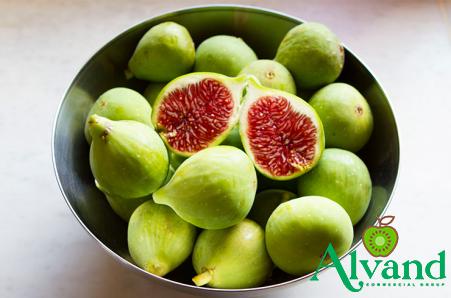

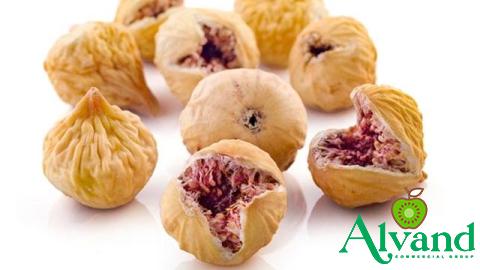
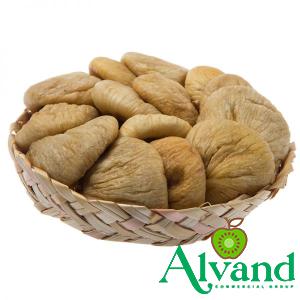
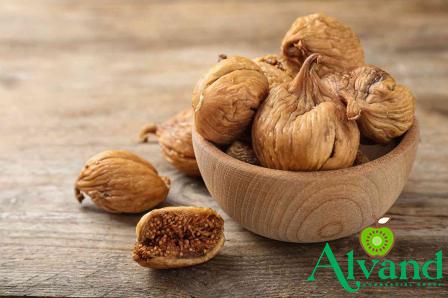
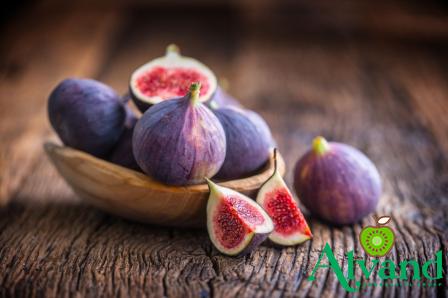
Your comment submitted.